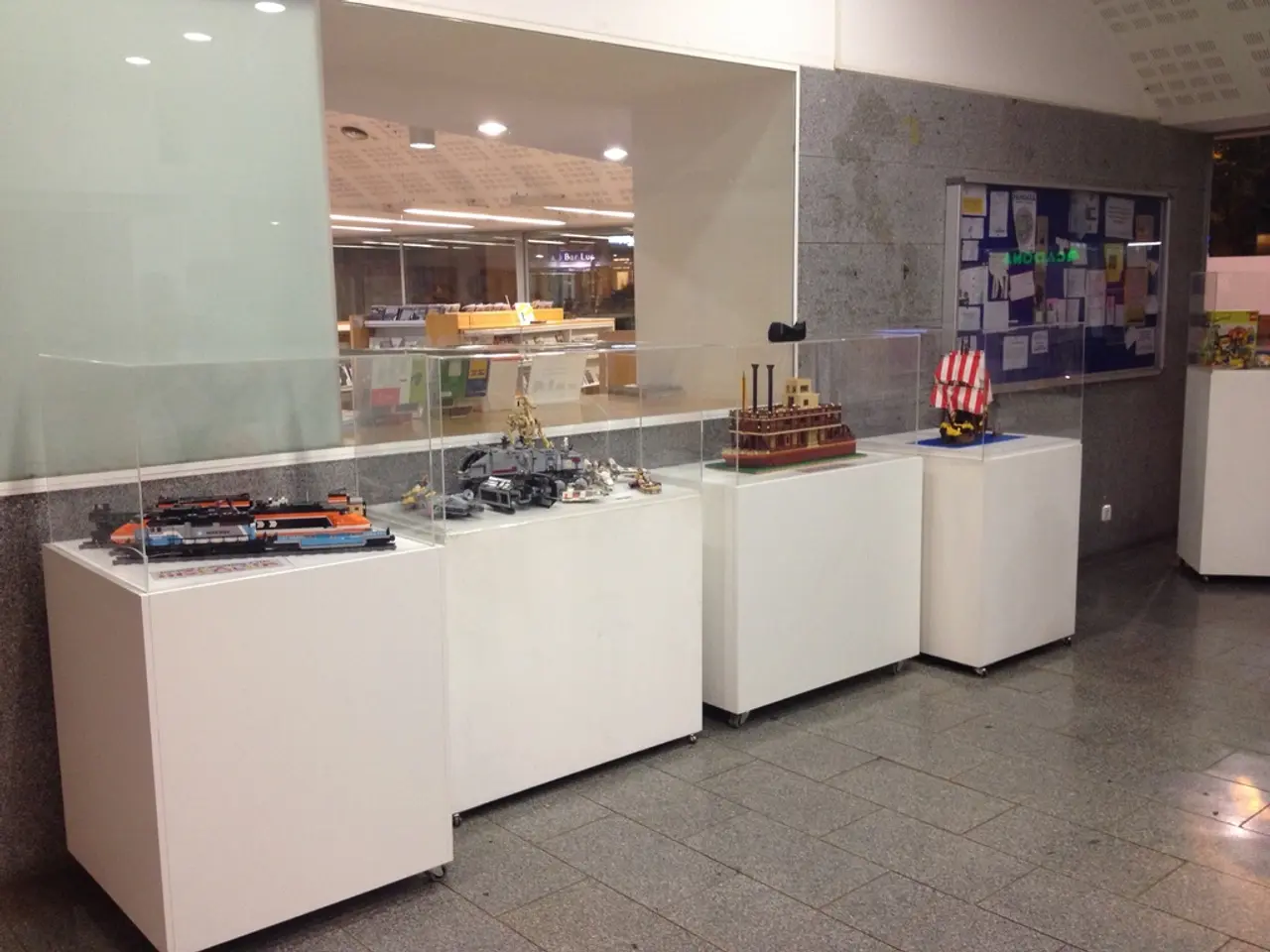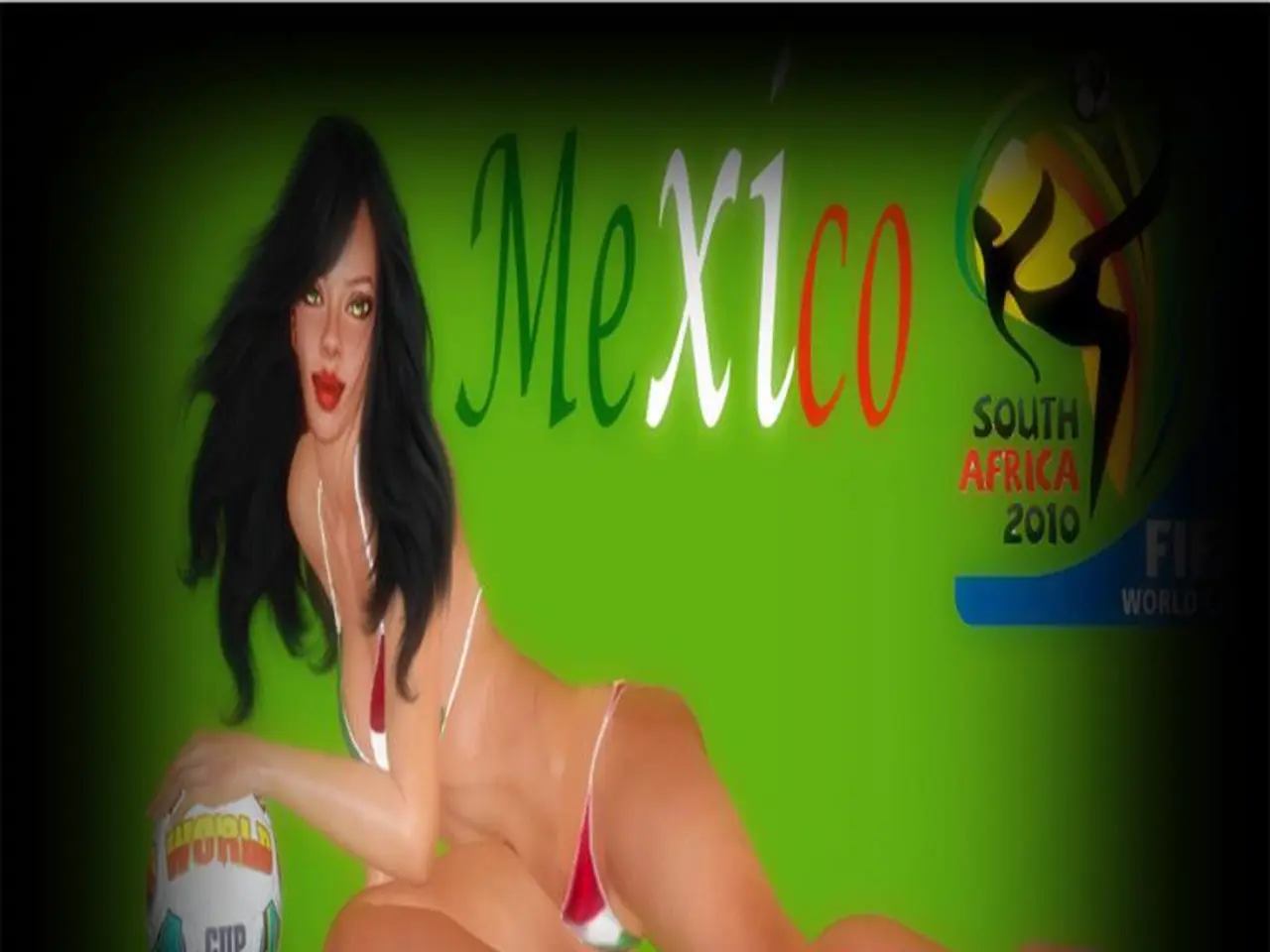Mastering Your IB TOK Exhibition: In-depth, Comprehensive Guidance
To excel in your IB Theory of Knowledge (TOK) Exhibition, focus on three core elements: prompt selection, object choice, and commentary writing.
Prompt Selection
Begin by selecting a TOK exhibition prompt from the 35 prescribed options, such as "What counts as knowledge?" or "Are some types of knowledge more useful than others?" [1]. Engage in brainstorming sessions to identify prompts that inspire the most confident and insightful exploration. Ultimately, choose the one that offers the strongest potential for connecting diverse real-world objects and knowledge questions [1]. Remember, the exhibition is not an essay but an exploration anchored in the objects and prompt, so avoid writing an introduction or conclusion in your commentary.
Object Choice
Choose three real-world objects that clearly and distinctly relate to your chosen prompt, illustrating the nature and complexities of knowledge in concrete terms [1]. Justify your choices by linking each object explicitly to knowledge questions, demonstrating how they reveal different perspectives, values, or ethical considerations involved in knowing [3].
Objects can be physical items, images, or digital artifacts, but they must be relevant, meaningful, and allow you to analyze knowledge claims through different Areas of Knowledge (AOKs) or Ways of Knowing (WOKs) [3]. Consider how the objects embody or challenge values, cultural perspectives, or ethical issues, enriching your commentary's depth [3].
Commentary Writing
Write a focused commentary for each object that directly connects it with the TOK prompt, explaining how it illustrates key knowledge questions or concepts without summarizing or describing the object alone [1]. Maintain clarity by engaging explicitly with knowledge questions and TOK concepts such as evidence, perspectives, values, and AOKs/WOKs [5].
Avoid introductory or concluding statements; comments should be concise, analytical, and reflective, showing your critical thinking and understanding of TOK principles [1]. Use TOK terminology precisely, making clear links to knowledge frameworks and how they apply to the objects.
Additional Effective Strategies
Develop strong knowledge questions (KQs) linked to your prompt and objects, ensuring they are open-ended, cross-disciplinary, and reflective (e.g., "How do cultural norms influence ethics in knowledge?") [5]. Reflect on how personal and cultural values influence the knowledge demonstrated by your objects, as this adds depth to your exhibition’s rationale [3].
Take time to brainstorm and revise to connect prompts, objects, and commentary tightly and coherently [1].
Final Submission
Ensure your final submission is polished, within the word count, and free of errors. Real-world objects from class projects can be reused if they are clearly linked to the TOK prompt [4]. All citations and references should be checked [6]. The display should be easy for the viewer to understand how the objects relate to the prompt [2]. Personal items can be included in the TOK exhibition as long as they are explained in relation to the prompt and TOK concepts [7].
Remember, the TOK exhibition, along with the TOK essay, determines the TOK grade, which contributes to up to 3 core points along with the Extended Essay. Seek feedback from your TOK teacher on one draft, and revise the commentary for clarity, coherence, and TOK insight [8].
Whether digital or physical, the display of objects and commentary should be clear and professional.
In the process of preparing for the IB Theory of Knowledge (TOK) Exhibition, focus on education-and-self-development aspects such as learning by selecting engaging TOK exhibition prompts, choosing relevant objects, and writing insightful commentaries for each object. This learning process will help you connect diverse real-world objects and knowledge questions coherently, demonstrating your understanding of TOK principles and your ability to analyze knowledge claims through different Areas of Knowledge (AOKs) or Ways of Knowing (WOKs).




